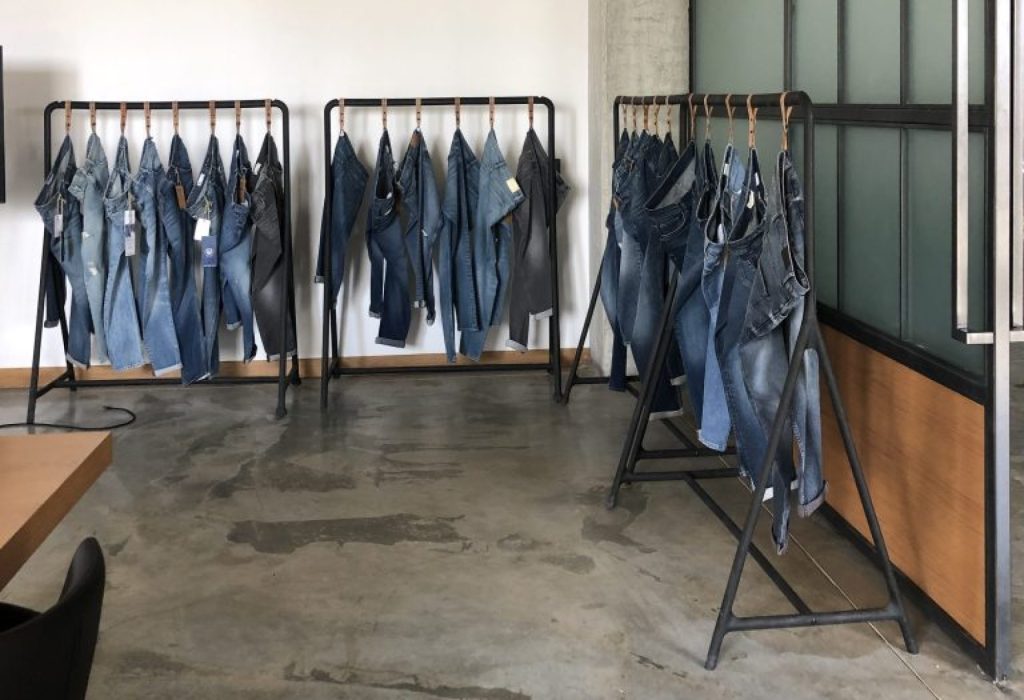Firstly a quick intro into my personal background, experience and values.
I worked in the fashion industry in production management and manufacturing for over 25 years and I quit the industry two years ago as I felt I had by then contributed enough to the problem of pollution via fashion products. In my career, I developed a deep passion for circularity and wanted to contribute to developing recycling systems for textiles at the end of the (first) consumer/ use stage of a fashion product. I still pursue these topics as my special interest at LCF while teaching as a specialist lecturer for production and product development. I tend to develop my content through the lens of circularity in fashion, considering global raw material shortages and the environmental impact of the manufacturing stage of fashion products.
I have been running classes on sustainable growth in fashion for several years on my course. I have spoken about several problems including but not exhaustive:
- Circular supply chains
- Upcycling – refashioning products into different products
- Reusing – rental, sharing and resale
- Repairing – mending workshops to retain the value of the textile product
- Recycling – using secondary textiles as raw material
- Environmental footprint legislation – national and international
- Carbon emissions in the fashion supply chains
- Hazardous and banned substances
- Disruptive business models
- Digitally driven made-to-order models – mass customisation
- Pre-order models
- Localised supply chains – onshoring and nearshoring
My students over the past three years have had considerable input in the above topics but I have felt that when they designed their own projects, especially their Master projects which are independently designed they have not applied this knowledge to the depth that I had hoped.
I now wanted to try taking the students to the SATCol Processing Centre which is the commercial arm of the Salvation Army to witness the impact of textile waste in person and to discuss the origins of the issue (overproduction, overconsumption, poor quality) and suggest solutions that can be implemented at all levels of the product lifecycle.
SATCol are investing in state-of-the-art technology to sort textiles by fibre content and colour (dark and light colours initially). SATCol then channel donated textiles to retain value within the lifecycle by selling on, exporting to global destinations of need (vetted and audited) and preparing to recycle.
Please see further information here and a short video clip of the technology here.
Working with partners and through various reuse and recycling schemes SATCol aim to lessen landfilled textiles by extending the useful life of products and recycling the items not suitable for resale.
The process includes a two-step internal sorting system as illustrated below:

The main aim of sorting textiles is to remain in the green areas and retain the reuse and recyclability of textiles. The excursion day will circle around problem presentation and solution finding and suggesting and understanding the changes that can be implemented throughout the product journey to minimise impact at the end of the first user.
By showing the students to only produce garments that eventually will end up in the green areas I was hoping to make a good start to the decision-making on materials used to form a collection from design through to production.
